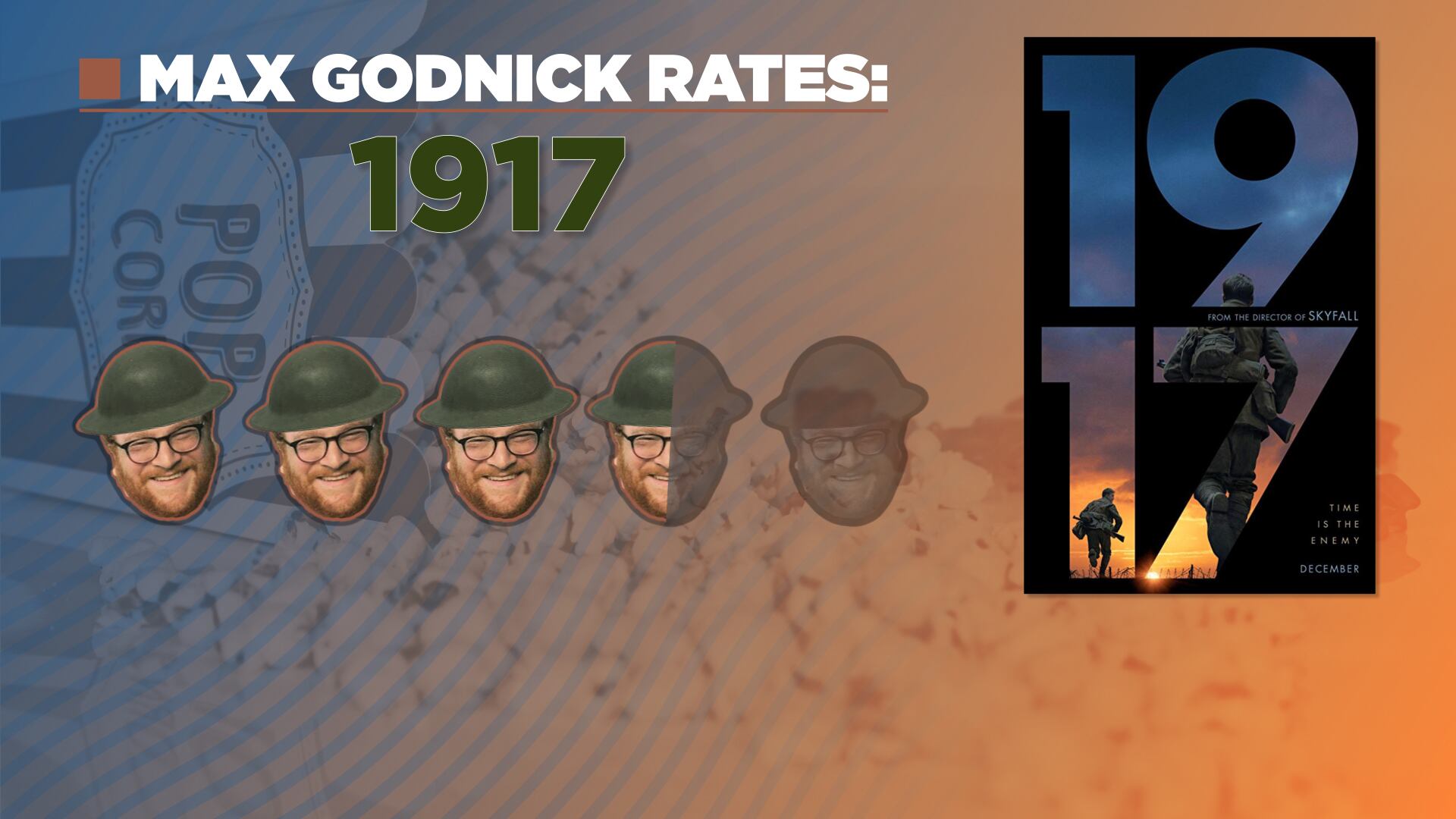I just got back from watching one of the most unforgettable, unforgiving, and unrelenting depictions of war I've ever seen in theaters… 1917.
It's the year when John F. Kennedy was born, stamps went up in price from two to three cents, and the world found itself at war with itself for the very first time.
It's one of the deadliest conflicts in human history — but World War I doesn't have the rich cinematic legacy that's made World War II, the Vietnam War, and the Civil War mini-movie genres in and of themselves. Here, director Sam Mendes changes that, putting viewers in the trenches alongside two British soldiers as they set off towards enemy lines to deliver a message that could save thousands of lives.
It's a pretty simple story, but the way Mendes tells it, it is anything but. Just like 2014's Birdman, 1917 is made to look like one continuous shot. Unlike Birdman, it actually has a reason to do so.
War doesn't cut. There are no heroic montages, fast-paced battle scenes, or dramatic monologues. In real life, one battle bleeds into the next, as characters enter and disappear from the story without any fanfare, and hopeful innocent young faces gradually turn into those of hardened warriors. And that is the vision of war Mendes portrays so grippingly in 1917.
There are hardly ever any chances to stop and take a breath, as the camera puts us directly in the action, chasing away from bullets, dog-sized rats, and freezing cold rivers. All in the hopes of completing a seemingly impossible mission.
For all the talk of The Lion King's lifelike animation and The Irishman's anti-aging technology, This is Hollywood's true technical achievement of the year. Never have I felt more as if I were getting a glimpse into what the future of movies will look like.
In a world where Netflix is streaming oscar contenders into our living rooms, people have less of a reason to go to the theater than ever before. This is the type of cinematic experience that truly begs to be seen on the big screen, but even more than that, it seems even more suited for a virtual reality headset.
This is truly immersive filmmaking, and at times feels more like an extremely realistic video game than a movie. The performances from George MacKay and Dean-Charles Chapman are amazing — so amazing in fact that I failed to realize Chapman is the same actor who played poor young King Tommen on Game of Thrones. And despite all the heart-pumping action, Mendes never loses sight of the humans at the center of the story.
But it's the way he tells and shows us this adventure that feels so revolutionary, and just one step away from future superhero movies putting audiences inside the next Tony Stark's Iron Man suit, which is either exciting or horrifying, depending on how you look at it.
Which is why I'm giving 1917 three-and-a-half out of five World War I soldier Max Godnick heads. It's as if the groundbreaking opening battle scene from Saving Private Ryan were stretched to fill an entire two-hour movie.
The 120 minutes of trench warfare can be exhausting, upsetting, and at times monotonous, but it's also a rare look at one of the most important chapters in world history. And an even rarer look into what the future of moviemaking just might look like.









